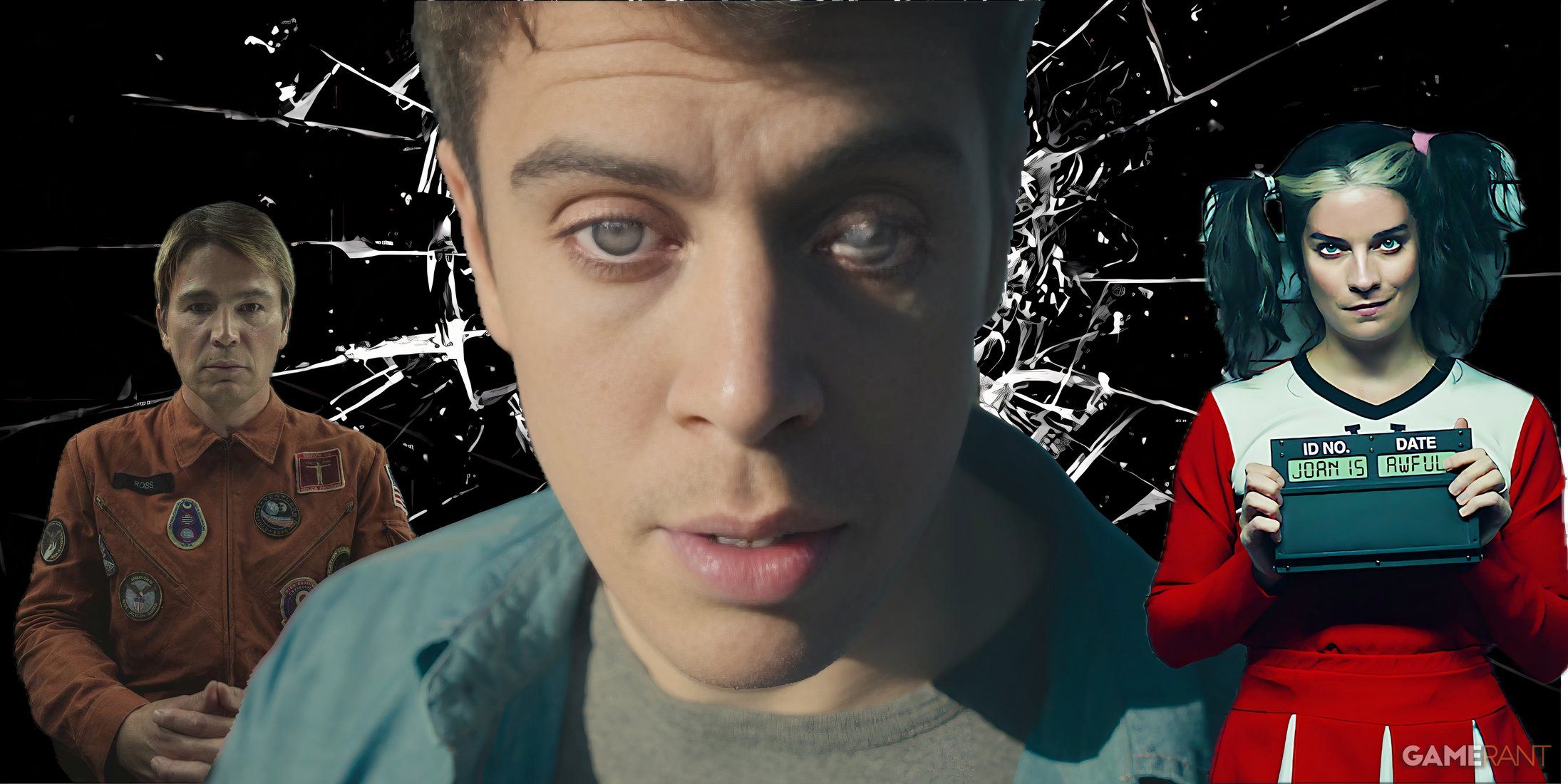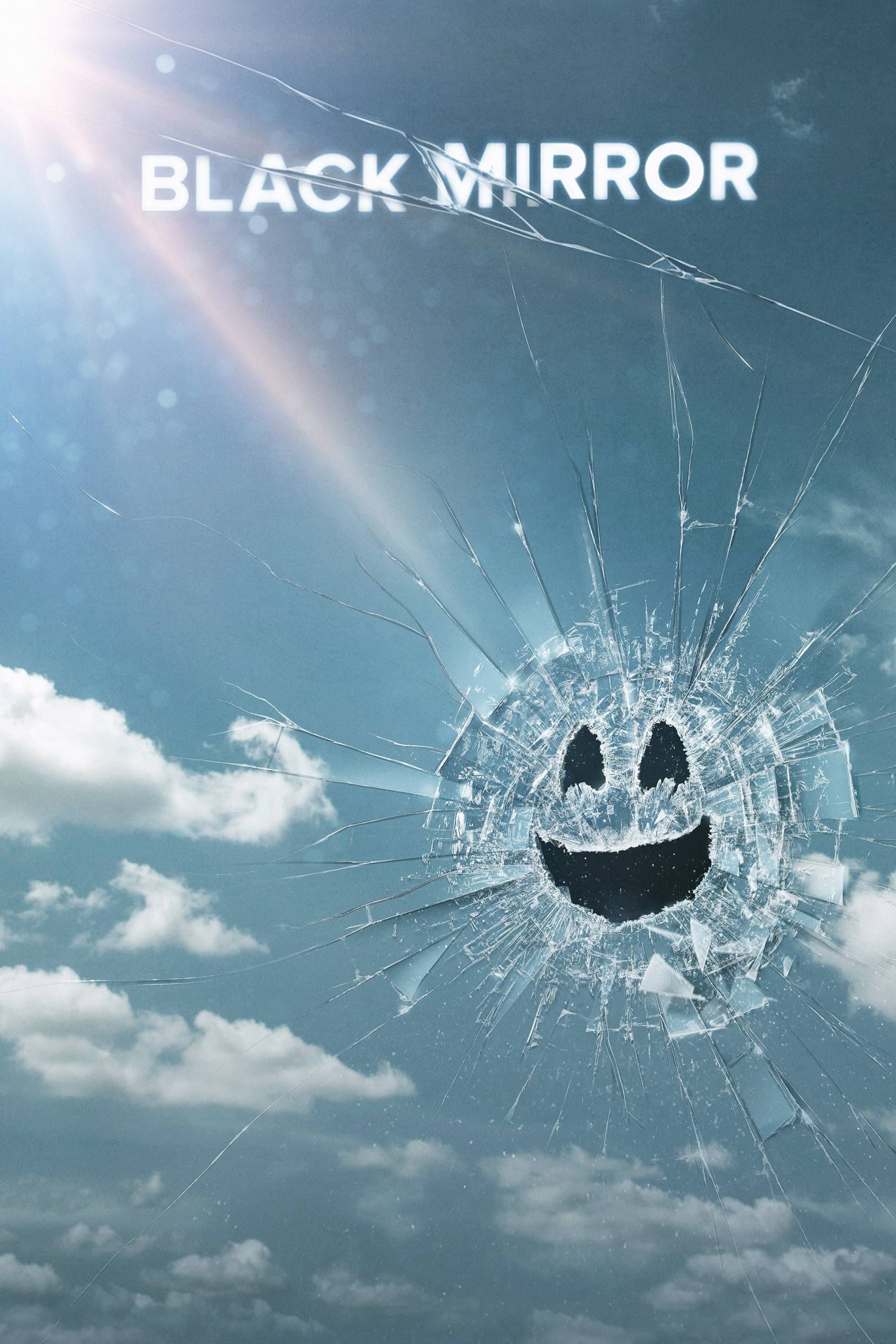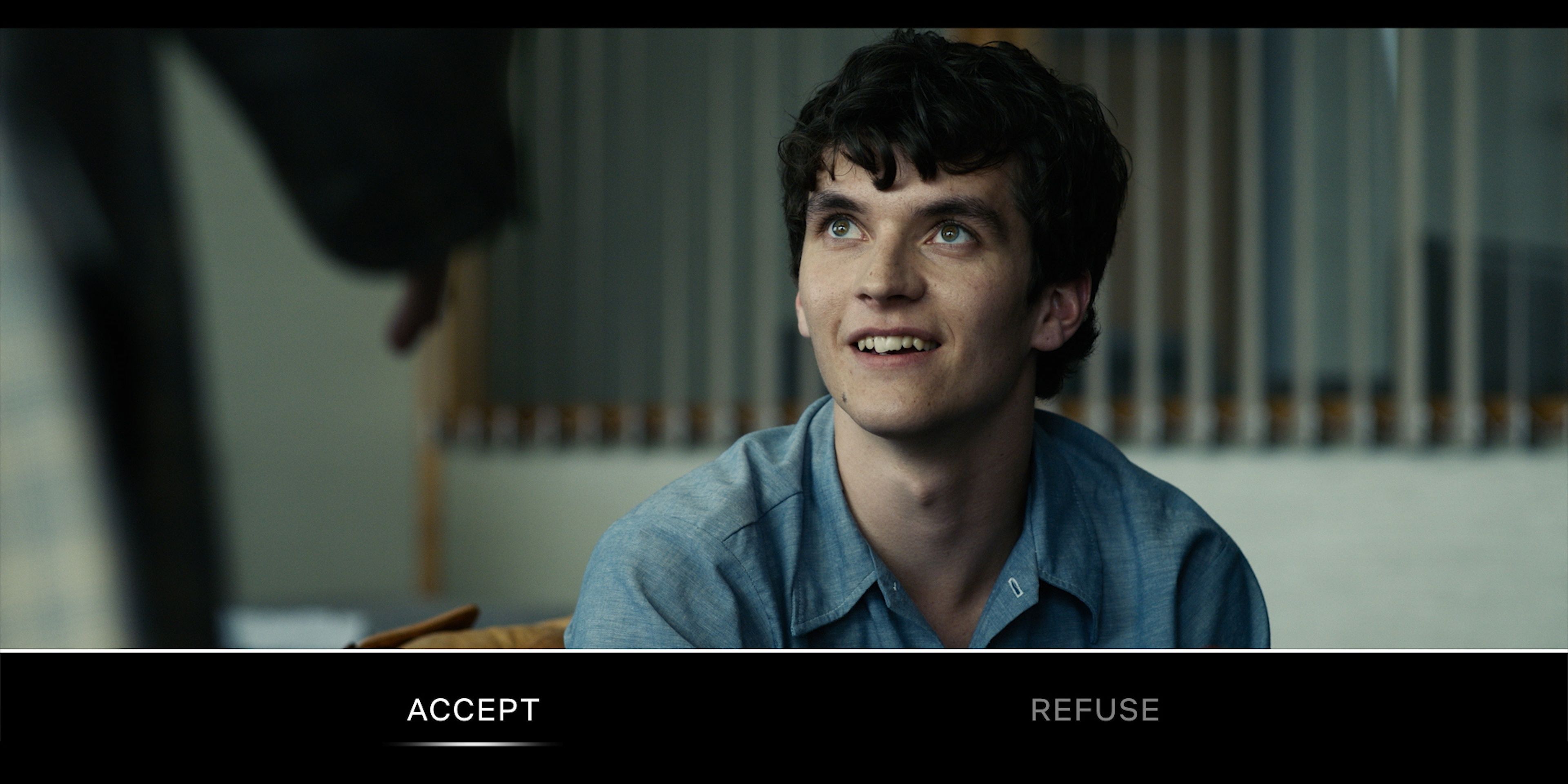Key Takeaways
- Netflix cuts most interactive titles, keeps only four, including Black Mirror: Bandersnatch. (112 characters)
- Interactive streaming’s decline due to limited exploration of potential, lack of producer interest. (100 characters)
- Interactive movies could rise again with advancements like AR and VR technology in the future. (93 characters)
At the time of its premiere on Netflix, Black Mirror: Bandersnatch felt like a moment in history, almost like Steve Jobs launching the iPhone. The interactive film was both a small step and a giant leap toward the future of media and popular entertainment, only for the format to become short-lived.
Back in 2018, interactive titles seemed like the next big thing to look out for; something that would one day take the throne of blockbuster movies or video games. Six years later, there is little to no buzz around the medium, with no prominent studios making efforts to release new content that utilizes the format. There was, however, one major announcement from Netflix – not one that inspired hope, but one that felt like an obituary for all interactive films and shows in general.

Related
Black Mirror Might Be Losing Its Edge
There was a time when Black Mirror was the edgiest show on television, but it seems to have lost its way in recent years.
Netflix Cuts Interactive Titles, Keeps Only Four Shows
Netflix will no longer feature most of its interactive titles, as all but four are set to leave the platform before December 1. The streaming giant confirmed this to The Verge, announcing that only four interactive titles will remain. This means that around 20 interactive specials currently listed on the platform’s interactive page will no longer have a home, as they were created specifically to showcase the medium’s capabilities. The four interactive titles that will continue to stream on Netflix are:
Leaving behind just these four token titles makes sense from Netflix’s perspective. The Black Mirror special alone likely consumed substantial resources. Series creator Charlie Brooker mentioned that the effort put into Bandersnatch was equivalent to that of four standard Black Mirror episodes, though no exact budget figure has been publicly disclosed. The project also brought Netflix challenges, including a lawsuit from Chooseco that was settled under undisclosed terms, as well as a delay to Black Mirror season 5.
Unbreakable Kimmy Schmidt was arguably Netflix’s first great homegrown sitcom, so it’s fitting that the platform preserved its interactive special, which also serves as the show’s finale. The other two remaining interactive titles feature survival expert Bear Grylls and are essentially novelty adventure experiences. They allow viewers to decide his next moves in challenging situations, all from the comfort of their sofas. Notable interactive titles being removed include Escape the Undertaker, a haunted-house adventure with WWE legend The Undertaker, and Puss in Book: Trapped in an Epic Tale, which was actually Netflix’s first experiment with the format, even before Bandersnatch.
Why Interactive Streaming Couldn’t Take Off
At first glance, interactive movies and TV shows seem like a foolproof idea for streaming. They offer a quick fix for piracy, as non-subscribers wouldn’t be able to experience the content as the creators intended. This feature even halted cross-platform viewers using Apple TV or Chromecast at the time. In fact, Netflix got creative with this limitation by creating a short video message. For this, they used clips from previous Black Mirror episodes, to inform users when their platform did not support interactive content.
All gimmicks aside, the format ultimately failed because its potential wasn’t fully explored, and the number of producers interested in or capable of creating interactive content was limited from the start. While Netflix’s courage to experiment deserves praise, they never fully tapped into what audiences wanted from the format. Just as open-world games give players the feeling of unlimited freedom, interactive movies and shows needed to be more daring and fun, rather than simply pushing a meta-level narrative.
Interactive Movies Needed More Than Just Gimmicks
Simply put, audiences might have enjoyed openly dumb interactive titles that let them make choices they never thought possible. Imagine being able to decide how someone like Ethan Hunt from Mission: Impossible escapes a dangerous heist, or choosing weapons for The Terminator to take down the final boss. While these examples use existing IP, the possibilities were endless. Essentially, interactive titles needed to feel more like video games than traditional movies or TV shows.
As it happens, Netflix did feature titles that fit this description, like Carmen Sandiego: To Steal or Not to Steal and Cat Burglar. Unfortunately, these animated titles cater primarily to kids and teens, which limits their appeal to older demographics. Additionally, Netflix’s marketing and tech divisions fell short; many social media users reported that they didn’t even know Netflix had over 20 interactive titles until news broke of their removal. But beyond these factors, the root cause of this format’s decline may ultimately lie in user psychology.
Interactive Films Might Rise Again With The Right Technology
Suspense and unpredictability are the backbone of most movie-watching experiences. When a film removes the thrill of not knowing what will happen next, it can discourage viewers from seeking out similar interactive media. Even with Black Mirror: Bandersnatch, which supposedly had a trillion permutations and combinations based on user choices, there were ultimately only five main outcomes.
Yet it may not be game over for interactive movies and TV shows. While this format seems to have reached a dead end at Netflix, a renaissance could be on the horizon. The “Choose Your Own Adventure” style has surfaced throughout history – first in books, then in gallery exhibits, and even in the laserdisc arcade market. This format might make a comeback when technology finally aligns with its potential. Perhaps when AR and VR headsets become indispensable, like phones and TVs? Only time will tell.

- Release Date
- December 4, 2011
- Main Genre
- Drama
- Creator
- Charlie Brooker
- Network
- Netflix












Leave a Reply